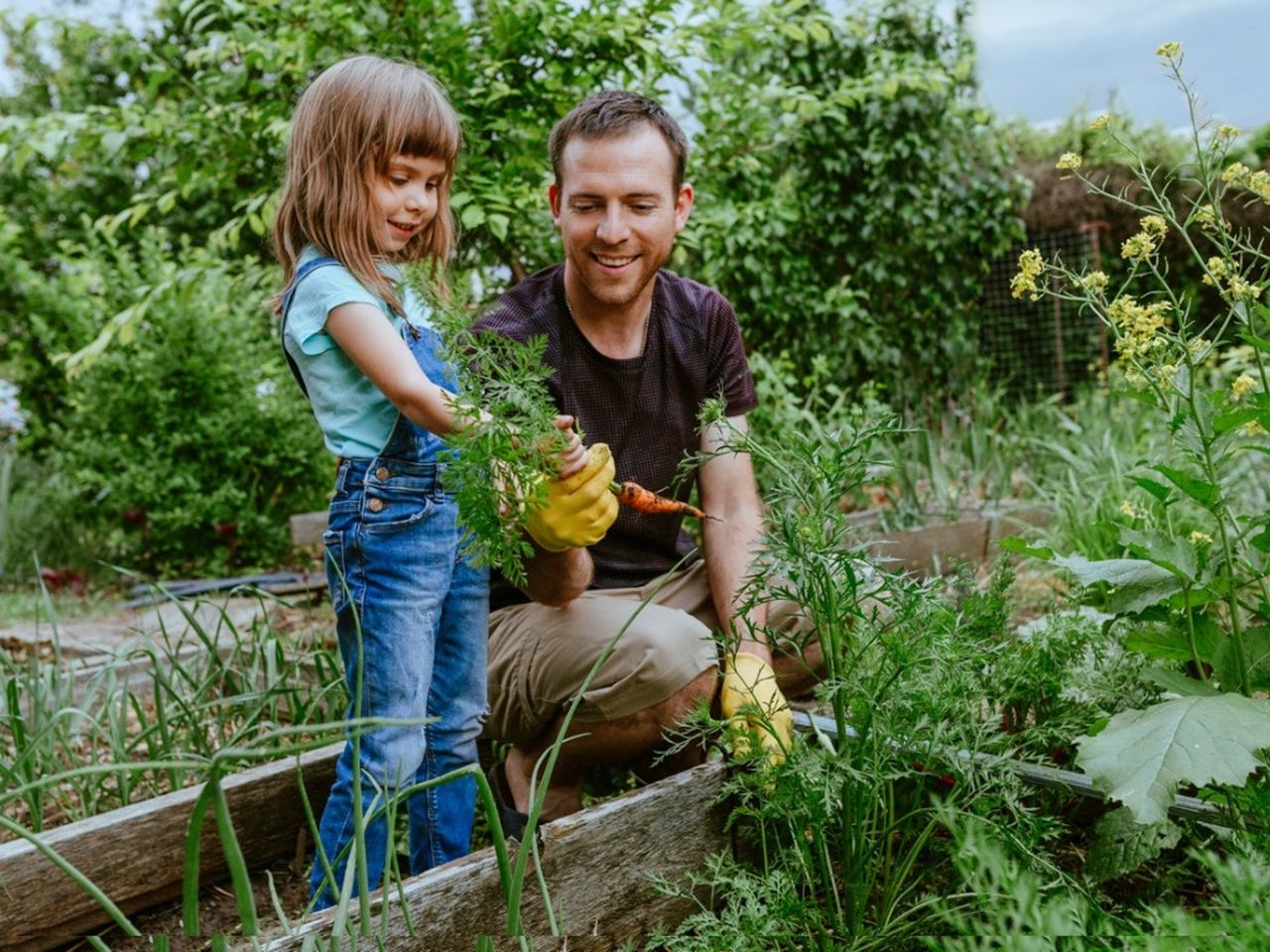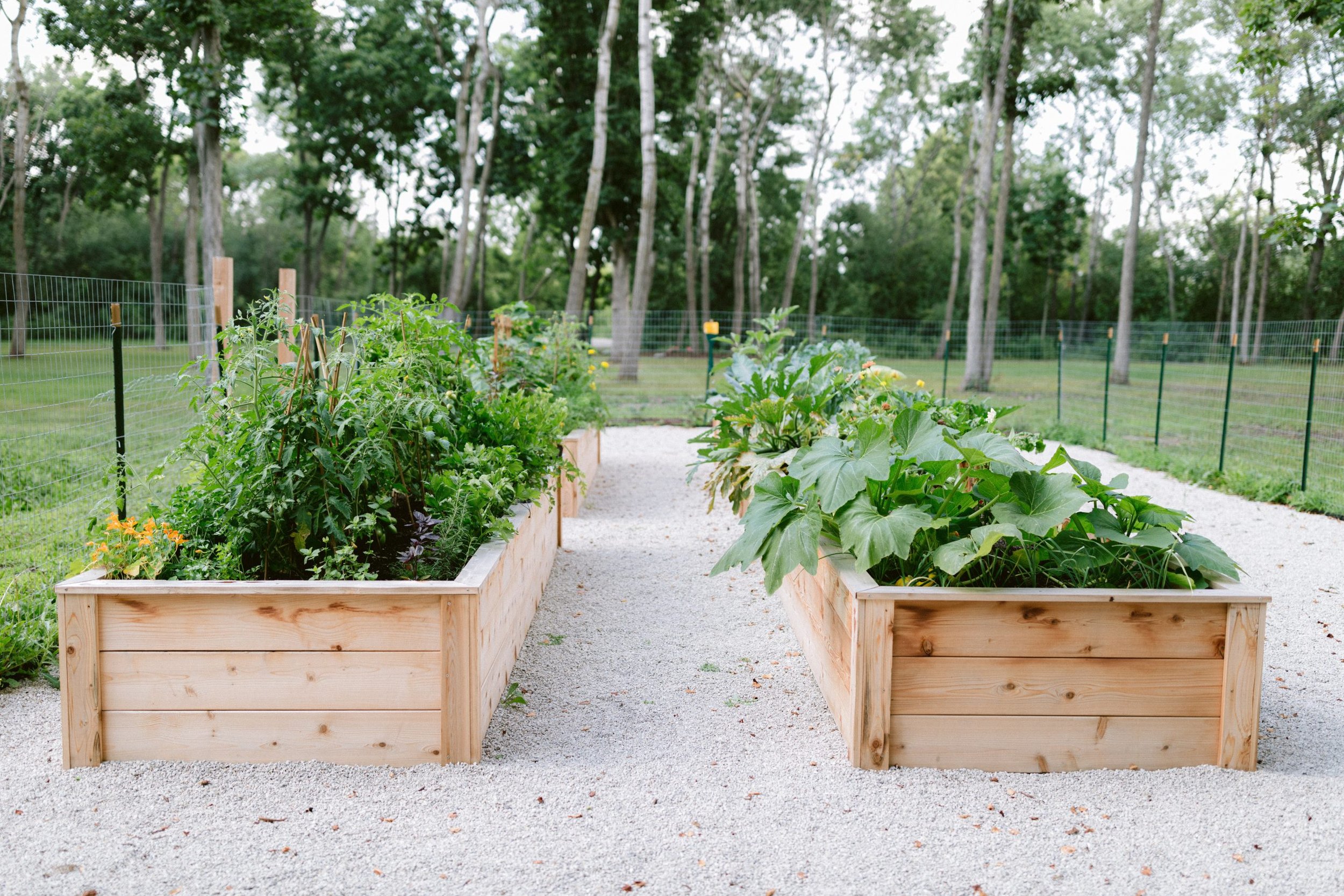Secrets to a Successful Homestead Gardening Effort
Secrets to a Successful Homestead Gardening Effort
Blog Article
Reveal the Secrets to Developing a Lovely and Efficient Horticulture Area
Creating a productive and gorgeous horticulture area is not simply an issue of growing veggies and blossoms; it calls for a strategic method that includes numerous vital elements. From choosing the right location based on sunlight and dirt type to thoughtfully making your layout and picking suitable plants, each decision plays a critical role in the success of your yard.
Picking the Right Area
Picking the excellent area for your garden is essential to its success and total visual appeal. The primary step in this process entails examining sunlight direct exposure, as many plants require a minimum of six hours of straight sunlight daily (Homestead Gardening). A south-facing yard generally obtains the most light, while shaded locations can hinder development and blooming
In addition, consider dirt top quality and water drainage. Well-draining soil is vital to avoid water logged roots, which can bring about plant illness. Performing a soil examination can provide beneficial information pertaining to pH levels and vitamins and mineral content, allowing you to modify the soil appropriately.
Additionally, proximity to water resources is an additional variable to evaluate - Homestead Gardening. Having easy accessibility to a pipe or watering system can streamline the watering procedure and urge constant plant treatment. Wind defense is also crucial; placing your yard near structures, such as fences or wall surfaces, can secure it from extreme winds that might harm delicate plants
Lastly, think about accessibility for maintenance and harvesting. A well-placed garden enables hassle-free access, guaranteeing that you can quickly have a tendency to your plants without creating excessive stress or disturbance. Thoughtful location selection lays the foundation for a flourishing garden.
Choosing Plants Carefully
When selecting plants for your garden, it's vital to take into consideration factors such as environment, dirt problems, and individual choices to make sure a efficient and harmonious space. A complete understanding of your neighborhood climate will direct you in choosing plants that flourish in your specific environment. For example, selecting drought-resistant selections is beneficial in deserts, while moisture-loving varieties might be better suited for areas with high rainfall.
Soil problems are similarly vital; carrying out a dirt examination can reveal pH degrees and nutrition content, permitting you to pick plants that will flourish. Indigenous plants are often an outstanding selection, as they are commonly well-adapted to regional dirt kinds and require much less maintenance.
Reflect on your personal preferences-- picking plants that resonate with your aesthetic tastes will certainly boost your enjoyment and commitment to keeping your yard. By carefully examining these variables, you can create a successful and varied plant selection that elevates your gardening experience.
Designing Your Garden Design
With an attentively picked plant option in hand, the following action is to create a garden layout that makes the most of both charm and functionality. Begin by examining the readily available room, considering elements such as wind, color, and sunshine patterns. A tactical format needs to include numerous areas, consisting of locations for growing, paths, and potentially seating.
Begin with larger plants or centerpieces, such as trees or tall perennials, placed strategically to create aesthetic passion. Layer smaller sized plants ahead to improve depth and texture. Consider the development behaviors of your picked plants; taller selections should be positioned at the back or facility of beds, while much shorter ones can line the edges.
Incorporating pathways not just assists in gain access to for maintenance yet additionally invites exploration. Usage products that complement the yard's general aesthetic, whether rock, timber, or gravel chips.
Additionally, think concerning seasonal modifications and how your format will look throughout the year. Incorporating evergreens along with seasonal flowers can ensure year-round charm. Ultimately, a properly designed garden format balances the natural appeal of plants with useful factors to consider, leading to a space that is both welcoming and productive.
Enhancing Soil Wellness

To enhance soil health and wellness, start by performing a soil test to evaluate pH degrees, vitamins and mineral web content, and soil texture. Integrate natural issue such as garden compost, well-rotted manure, or fallen leave mold and mildew to boost soil structure, water retention, and microbial activity.
Mulching is another efficient approach; it not just conserves moisture but also reduces weeds and slowly enhances the soil as it breaks down. Preventing extreme husbandry is critical, as it can interfere with dirt framework and injury beneficial organisms. Instead, take on no-till or minimal husbandry techniques to keep dirt stability.

Preserving Your Garden Efficiently
A well-kept garden is a source of pride and efficiency, requiring consistent attention to ensure that plants grow and the landscape stays inviting. Reliable yard upkeep includes a number of vital methods that enhance the wellness of your plants and the total visual of your area.
Normal watering is important; however, it is very important to tailor your watering timetable based upon the certain demands of your plants and neighborhood environment conditions. Mulching can help retain dampness, reduce weeds, and regulate dirt temperature level. Additionally, timely weeding prevents competitors for nutrients and sources, guaranteeing that your plants flourish.
Trimming is one more vital task. It urges healthy development, eliminates infected or dead branches, and shapes plants to keep an attractive framework. Furthermore, keeping an eye Home Page on for conditions and bugs is vital; early discovery and intervention can save your plants from significant damage.
Fertilizing ought to be implemented thoughtfully, making use of organic choices whenever possible to promote lasting soil health and wellness. Finally, seasonal tasks such as growing, dividing perennials, and getting ready for winter will guarantee your yard remains vivid year-round. By adhering to these Clicking Here practices carefully, you can grow a garden that is both lovely and effective.
Verdict
Choosing an appropriate location with adequate sunlight, choosing appropriate plants, making a cosmetically pleasing design, improving soil health and wellness, and guaranteeing routine upkeep are necessary components. By incorporating these practices, one can grow a thriving garden that not just improves the landscape however likewise promotes eco-friendly balance and sustainability.
From selecting the right place based on sunlight and dirt kind to thoughtfully developing your layout and picking appropriate plants, each decision plays a pivotal duty official site in the success of your yard. Well-draining dirt is crucial to avoid water logged origins, which can lead to plant conditions.When choosing plants for your garden, it's important to consider elements such as environment, dirt problems, and individual choices to make sure a productive and harmonious room. Ultimately, a properly designed garden format harmonizes the all-natural charm of plants with practical considerations, resulting in an area that is both welcoming and effective.

Report this page